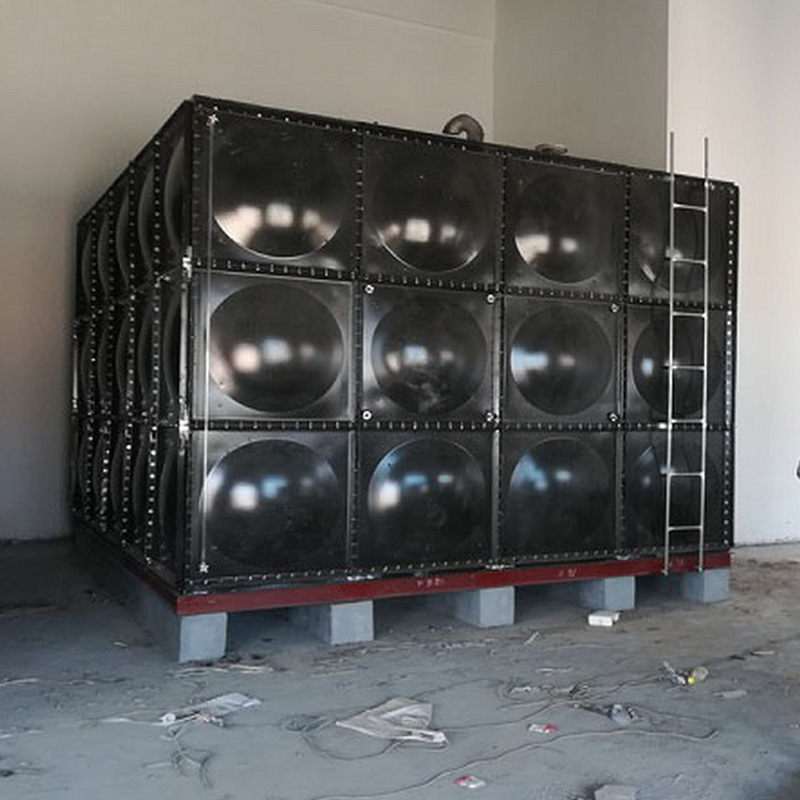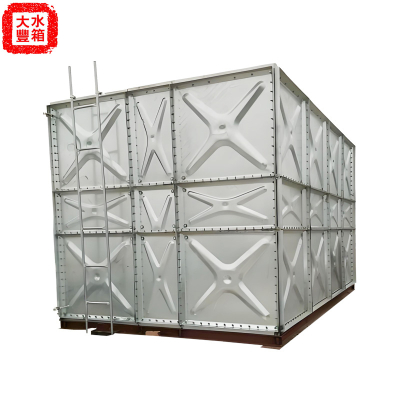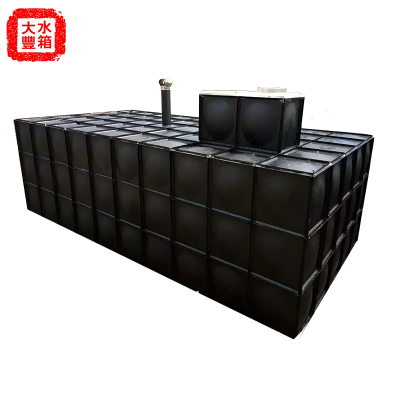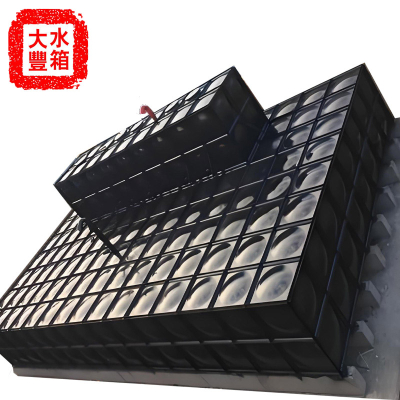Enamel Steel Plate Water Tank
Method for identifying the authenticity of enamel steel plate water tanks:
The copper sulfate point test is a simple method for distinguishing ordinary carbon steel from other types of enamel. The concentration of copper sulfate solution used is 5-10%. Before conducting the point test, the water tank test area should be cleaned of grease or impurities, and a small area should be polished with a soft cloth. Then, a dropper should be used to drip copper sulfate solution into the cleaned area. Ordinary carbon steel or iron will form a layer of surface metallic copper within a few seconds, while the surface of enamel does not produce copper precipitation or display the color of copper. The enamel steel plate water tank panels are assembled from enamel steel plates, supported by channel steel frames at the bottom of the tank, reinforced with enamel reinforcement plates inside, sealed with rubber strips between the panels, and fastened with bolts.
Product details of steel plate enamel water tank:
1. High quality board: The surface of the steel plate enamel water tank is dense enamel, smooth and flat, corrosion-resistant, will not cause secondary pollution, easy to install, and easy to clean.
2. Stable and durable: The interior is reinforced with reinforcing ribs for stability and firmness, and the boards are tightly connected without water leakage.
3. Arbitrary combination: Modular board combination or assembly is used, and the size can be freely customized for easy installation.
4.Professional Construction: Dafeng's experienced master has been specializing in construction for many years,
with exquisite craftsmanship, professional efficiency, and attentive service.
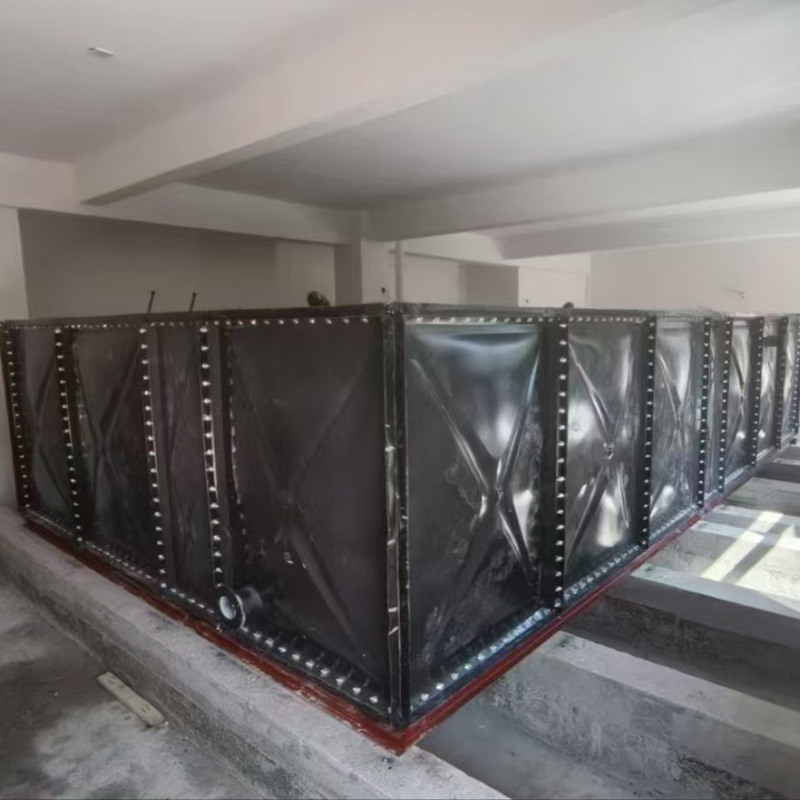
Definition and core characteristics of steel plate enamel water tank:
Enamel steel plate water tank is a water storage device that is coated with enamel on the surface of steel plate through high-temperature sintering process to form an anti-corrosion layer, and then assembled modularly.
Its main features include:
1. Excellent corrosion resistance: Ceramic glaze layer (thickness 200-300 microns) and steel plate ion permeation bonding
Together, it forms a dense protective layer that is resistant to acid and alkali corrosion, and does not leak or infiltrate, in
compliance with national water quality standards Food hygiene standards.
2. High strength and durability: The mechanical impact resistance of the porcelain layer is 4-5 times that of ordinary enamel, and it is earthquake resistant Strong deformation resistance and long service life.
3. Health and safety: The porcelain surface is smooth and easy to clean, preventing secondary pollution of water quality and suitable for storing drinking water .
4. Flexible assembly: using standard modules (such as 1mx1m, 0.5mx0.5m) for splicing, suitable for Suitable for different volume requirements, easy to install.

Production process of enamel steel plate water tank:
The production process of enamel steel plate water tank includes steel plate processing and enamel coating Three major stages of porcelain coating and assembly:
1. Steel plate pretreatment: Cutting: Q235 carbon steel plate is cut into the required size by a cutting trigger. Forming: Forming convex or square plates through stamping and stretching molds, and cutting all four sides and punching all four corners.
2. Enamel coating: After sandblasting and rust removal, apply HSC series base glaze and surface glaze, and form glaze by high-temperature sintering Layer. The welding process needs to be strictly controlled to avoid defects such as porcelain
explosion and porosity.
3. Assembly and inspection: bolted connection modules, sealing strips filling gaps, and reinforcing structures with tension bars Verify the sealing performance through a 24-hour full water test.



